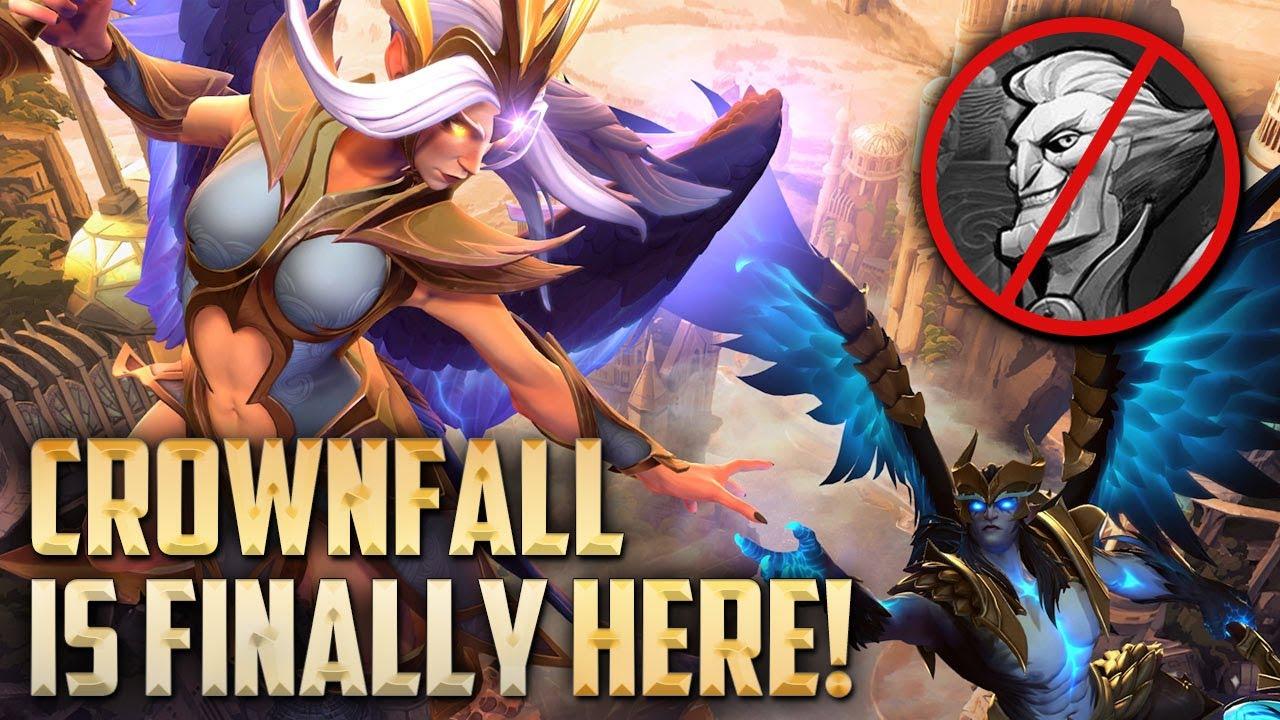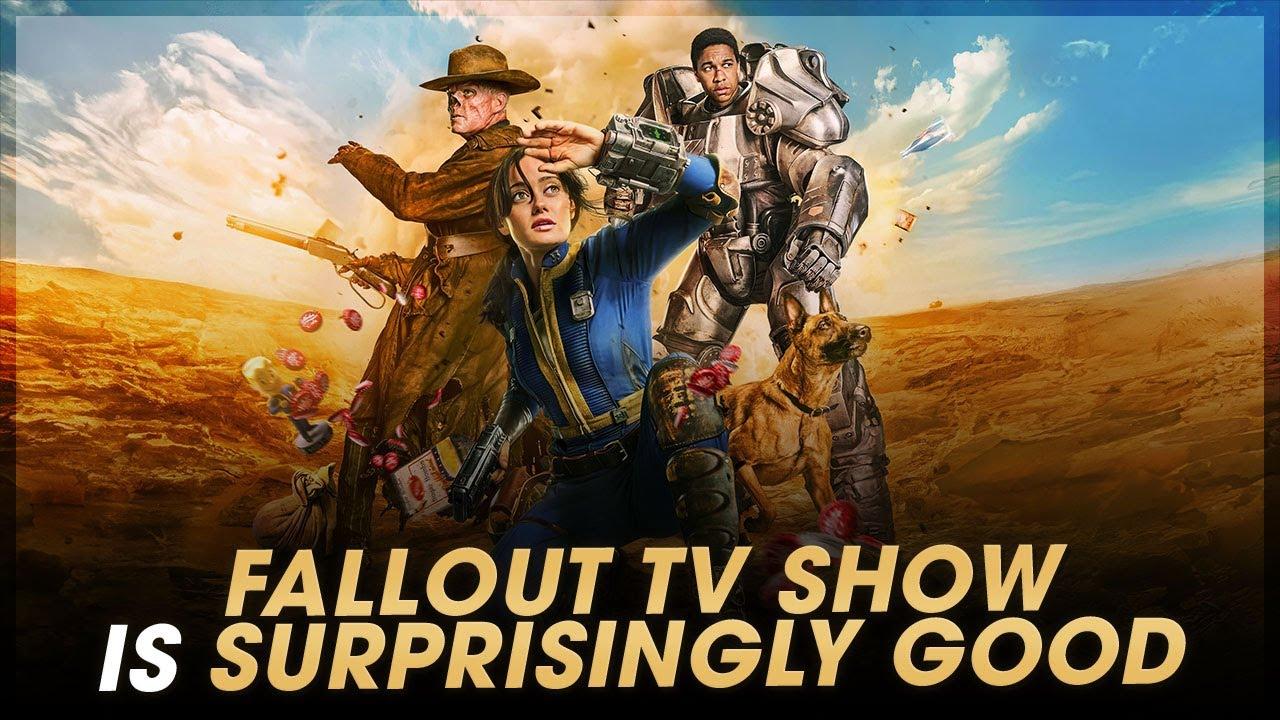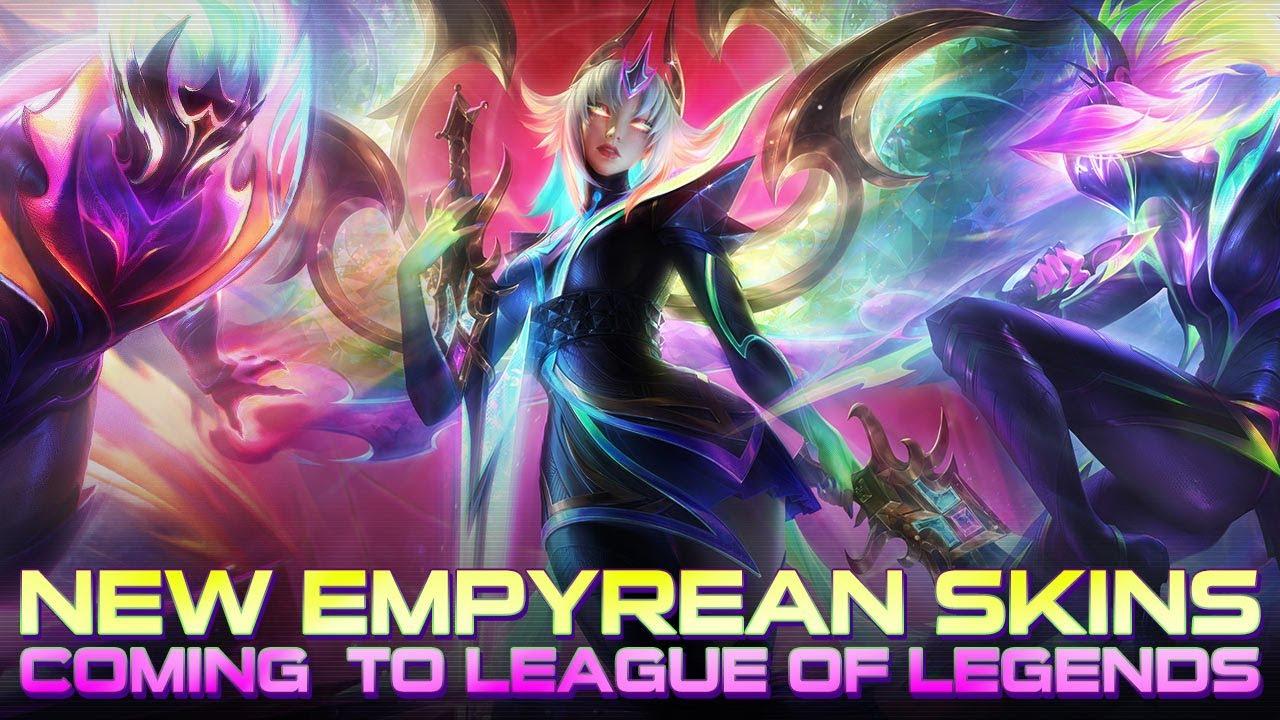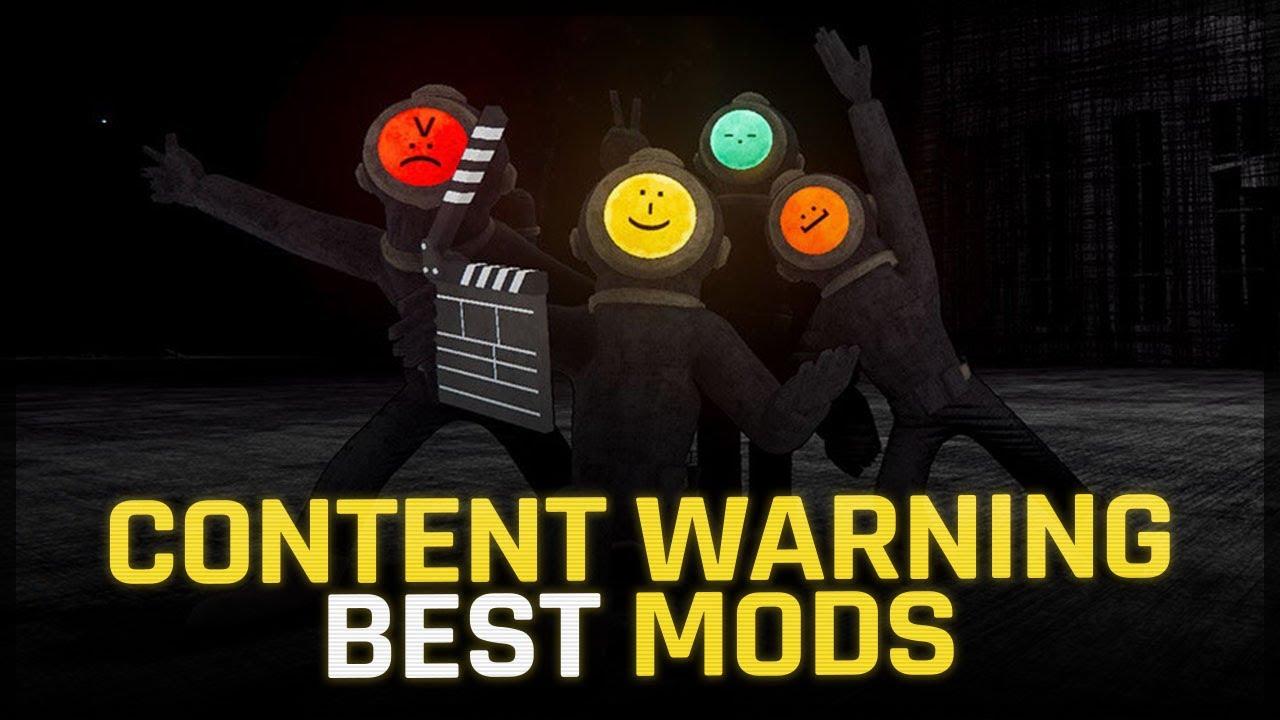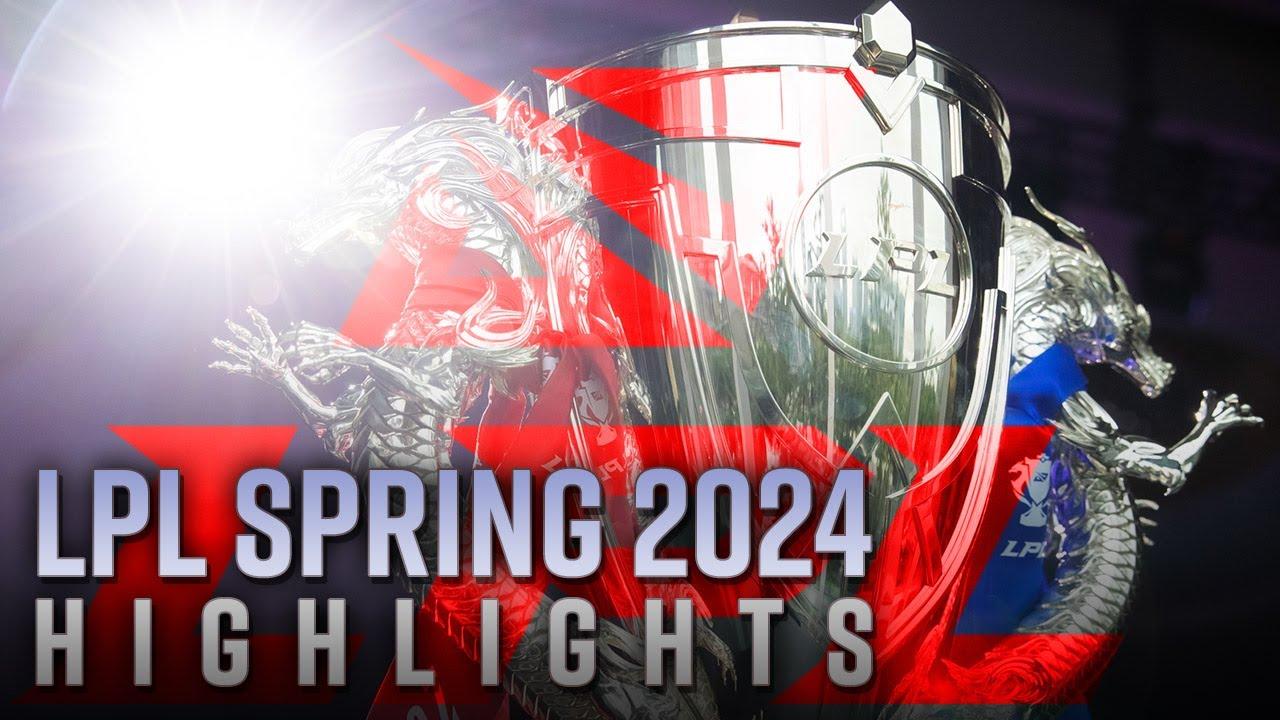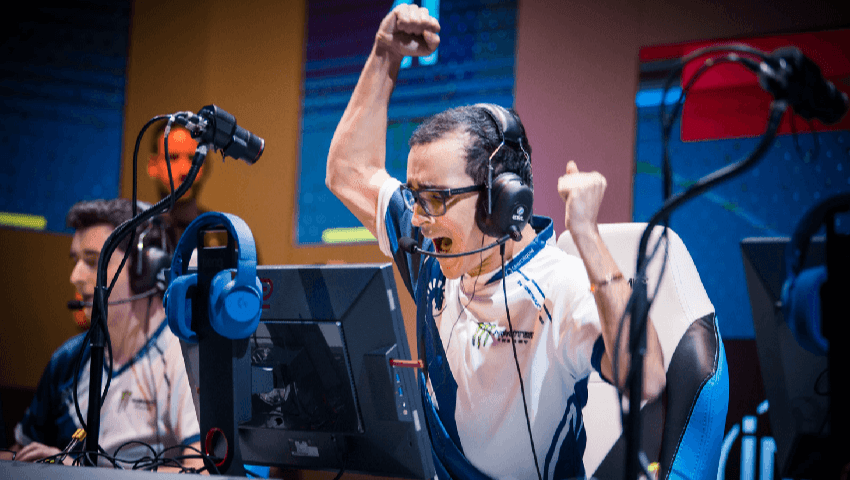
CSGO’s 2020 player count shows that it’s more popular than ever
As recently as the summer of 2019, CSGO was filled with players saying that the game was dead or dying. Looking at Counter-Strike’s 2020 player counts, it’s safe to say that things have changed.
Counter-Strike: Global Offensive is as strong as it has ever been, and its player counts back that up. On March 15, CSGO passed the one million concurrent player mark more than eight years after its release in 2012. That’s an amazing feat for a game that is almost a decade old. Just over a month later, it set the record for the second-most concurrent players of all-time on Steam, surpassing the previous milestone set by Dota 2 all the way back in 2016.
But if CSGO is so popular today, why do some of its players insist that the game is dying?
CSGO’s player count is still high, even after Valorant release
CSGO has hit major highs this year, setting a record for its all-time player count and blowing away any competition in the first-person shooter realm. Things did look to change when Riot Games’ first-person shooter Valorant appeared on the scene. After seeing a record nine months of growth, CSGO is now facing a dip in its player count since Valorant went live in early June.
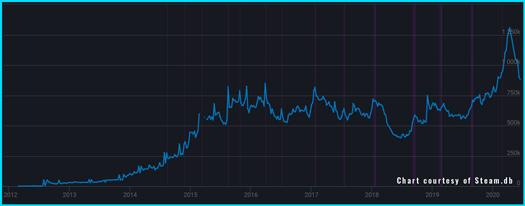
Valorant’s release caused a drop in CSGO’s player count
Unfortunately for Counter-Strike fans, Valorant’s release has had a significant effect on CSGO’s player count. Since its release, Valorant seems to have stolen around 500,000 active players from CSGO, but there’s no telling if the players that have switched over to Valorant will later return. CSGO often sees dips in its player count when other big games release, so it might just be a matter of time before they come back. Still, CSGO’s 800,000 average players isn’t a small number, and its current player count in 2020 is much larger than when CSGO first launched.
In fact, CSGO was almost a huge flop on release.
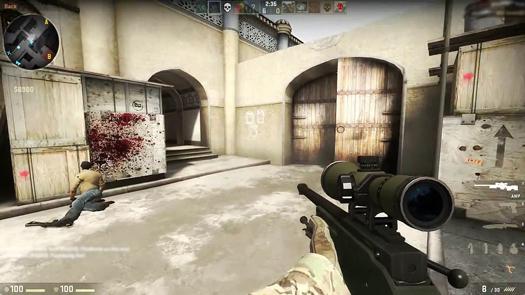
CSGO’s first years were rough
CSGO had a rough beginning. After the dynamic success of the original Counter-Strike and the reasonable success of Counter-Strike: Source, many players found CSGO to be clunky and unfun at release. Luckily for today’s players, Valve has since made some drastic changes. After launch, CSGO saw a full overhaul of its movement and mechanics. This is when the game started to catch on. But developers at Valve had another big project competing for their own time and attention. Valve released Dota 2 just a year after Counter-Strike: Global Offensive.
Valve prioritized Dota 2 over CSGO
For a long time, CSGO developer Valve seemingly ignored Counter-Strike in favor of its other famous competitive game, Dota 2. With Dota 2’s growing esports scene, massive prize pools funded by players purchasing battle passes, and a massive number of cosmetic items available on the Steam Marketplace, Dota 2 helped make Valve one of the richest software companies in gaming history.
It makes sense. While CSGO only has a handful of weapons, Dota 2 had more than a hundred different heroes, and each one of those had multiple cosmetic options available. In simple terms, Dota 2 brought in more money for Valve, so that’s where the company concentrated its efforts.
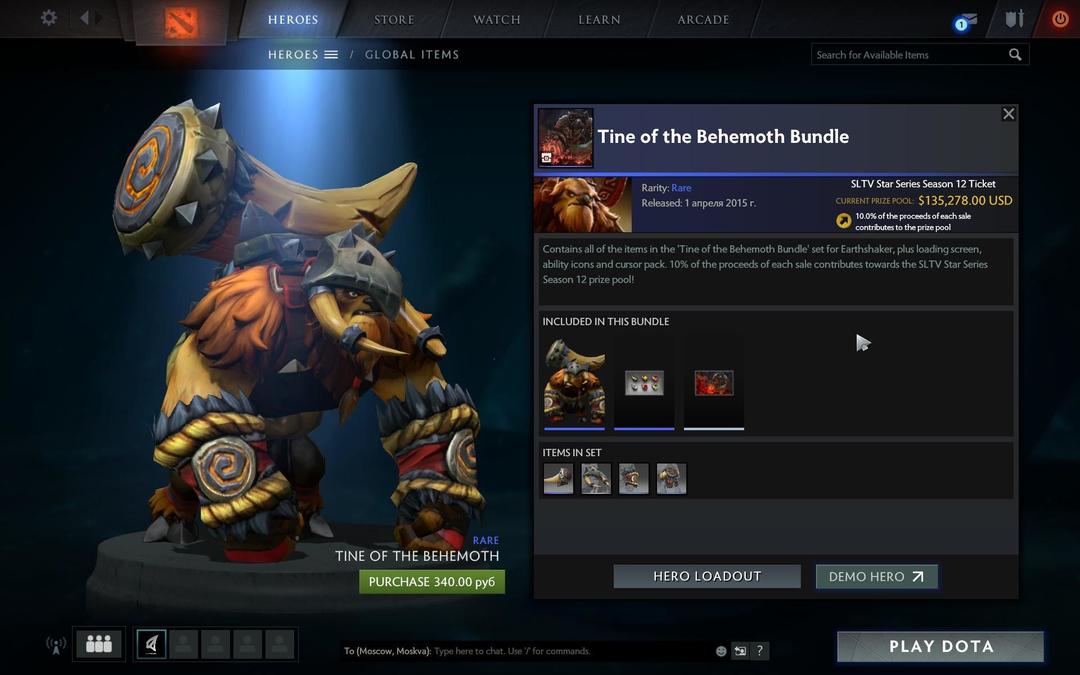
Things changed with the increasing rise in popularity of esports, however. Dota 2 can be a difficult game to understand, especially if the player isn’t already familiar with its concepts. With creeps, towers, and thousands of different ability and item combinations, the game is daunting for new players and new viewers alike.
Counter-Strike at its core is very easy to understand. Shoot everyone on the enemy team and win. Die, and you lose. CSGO’s easy to understand but difficult to master concepts allowed it to become one of the most popular games on the planet. And part of that monumental success was due to CSGO’s esports tournaments.
CSGO Majors and operations boosted CSGO playerbase
CSGO’s rise to the top started in 2016 with the MLG Columbus Major. The event saw a resurgance for North American Counter-Strike teams, as Team Liquid and Cloud9 both made major strides, eventually leading to North America’s first appearance in a Major grand final when Team Liquid faced off against SK Gaming in the grand finals of ESL One Cologne. North American’s success in Counter-Strike esports brought an entire continent closer to the game, leading to more players playing and more viewers watching. This all came to a head in the summer of 2019.
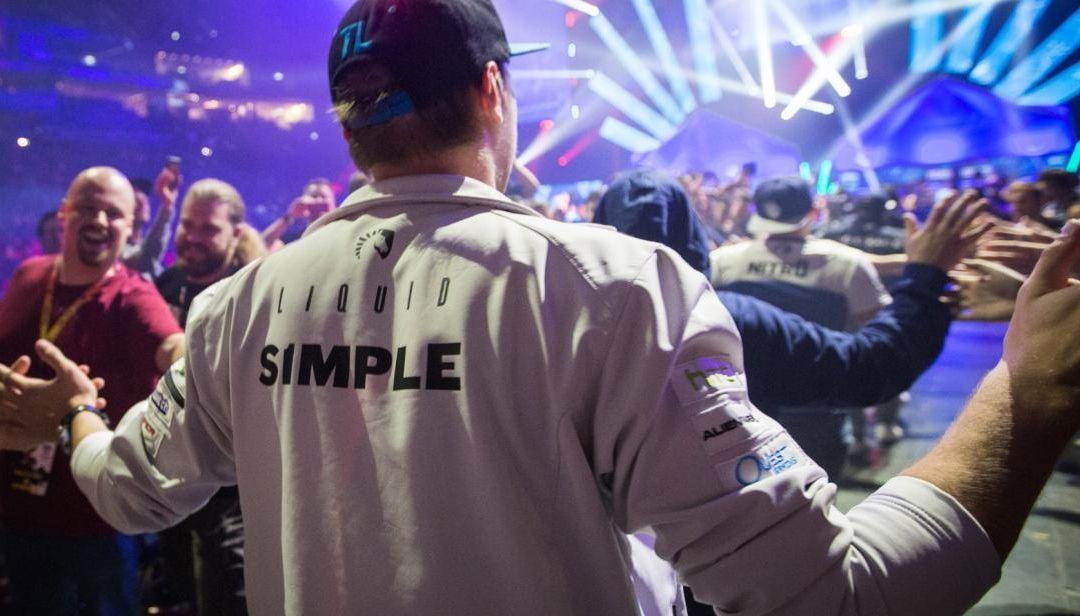
The StarLadder Berlin Major saw some of the largest viewership for a CSGO Major ever and brought even more casual fans into contact with the esport. Suddenly, esports was more mainstream than ever before. Although Valve never released a compendium for CSGO as it has done with Dota 2, 2019 marked the first year that Valve offered viewer passes for CSGO’s biggest events. These passes allowed fans to tune in, complete missions, and get cosmetic drops from the event. These incentives, combined with Valve’s continued updates to the game, didn’t just bring new players in. It made them stay.
CSGO player counts rocketed up with Operation Shattered Web
Over the years, Valve had released in-game events for CSGO called Operations. These operations came with special cosmetic rewards and missions, but required a big investment of time from players.
That all changed in November 2019 when Valve released Operation Shattered Web to CSGO fans after almost two years of waiting. Shattered Web was unlike any Operation CSGO players had experienced. Instead of a linear path to rewards, Shattered Web functioned much more like a tradtional battle pass found in Fortnite or Call of Duty. This time, all users had to do was play in order to get cosmetic rewards. This was in stark contrast to former requirements of needing to complete the sometimes difficult challenges found in previous operations.
In another new twist, Valve allowed players to purchase the cosmetic rewards outright, something it had never done before in CSGO.
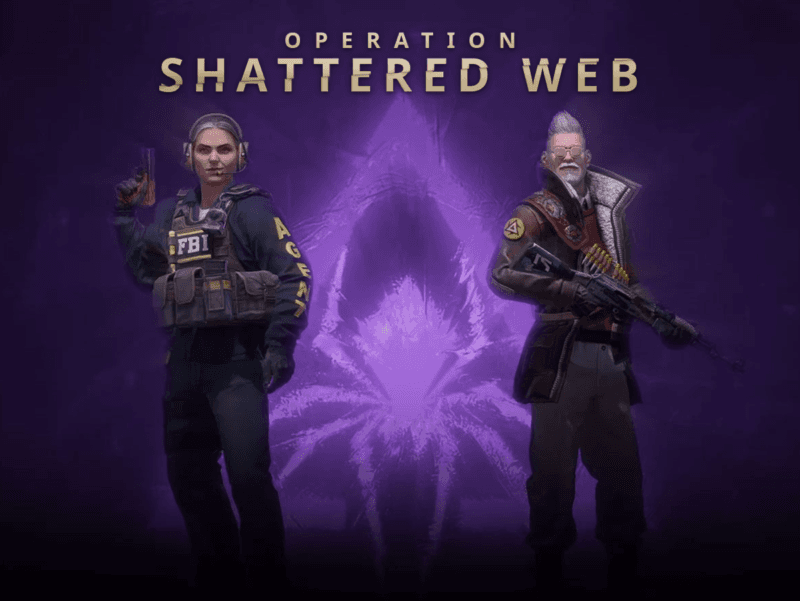
Shattered Web was the catalyst that brought CSGO’s player counts to where they are today.
Ultimately, it looks like CSGO is here to stay. Although Valorant has stolen some of CSGO’s professional and casual players, CSGO’s emphasis on strategy and tactics in addition to raw skill will always draw a crowd despite its competitors. Additionally, updates like Shattered Web have paved the way for more engaging operations, something that puts even more money into Valve’s pockets.
In short, CSGO isn’t dying. In fact, it may just be getting started.
Recommended

All maps are now available in CS2, what does it mean?
Poor Inferno players.

Redline creator reveals a sequel skin for CS2
Maybe call it the Orangeline?
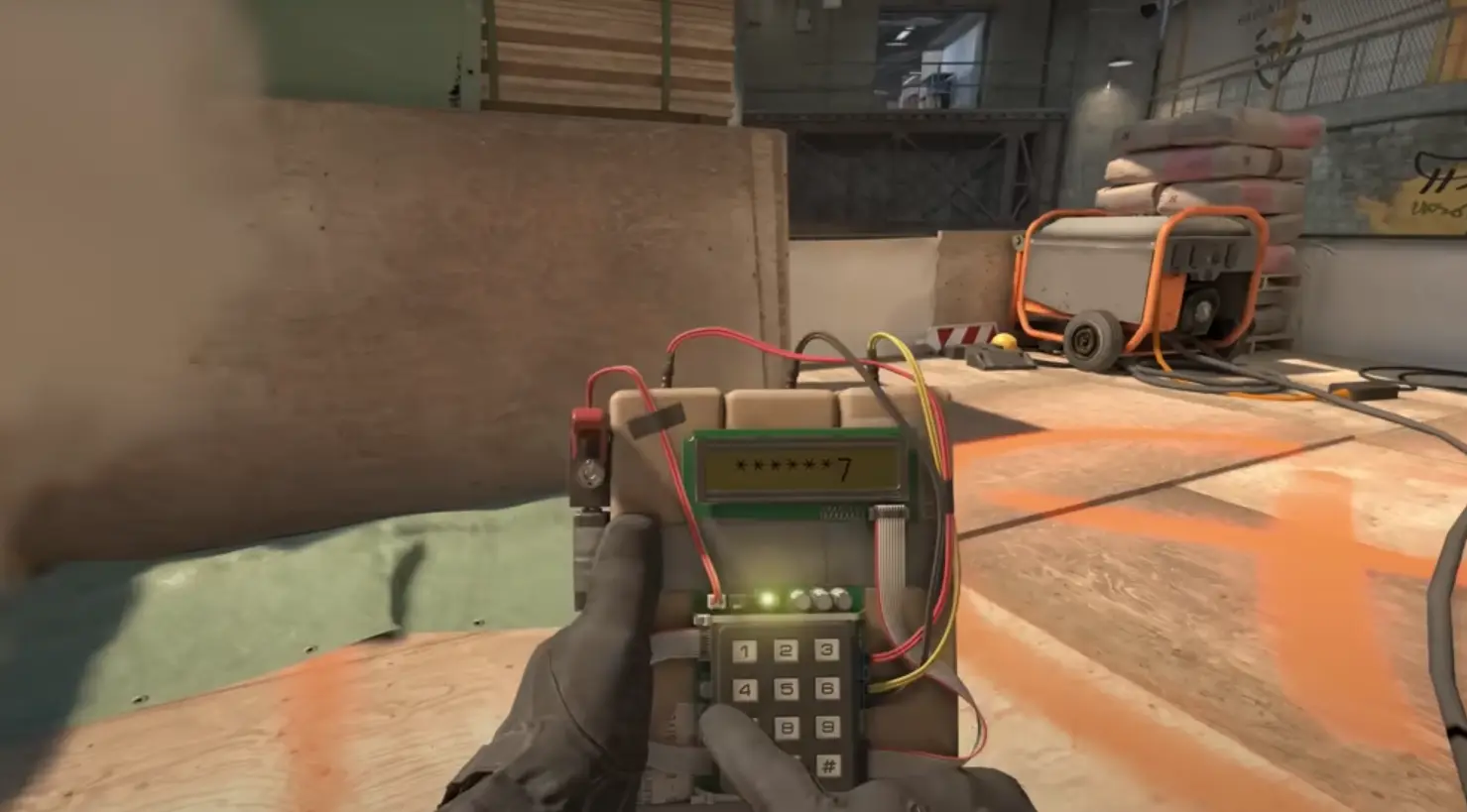
CS2 release date: Everything we know so far
Is it CS2-morrow? No, it is not.

